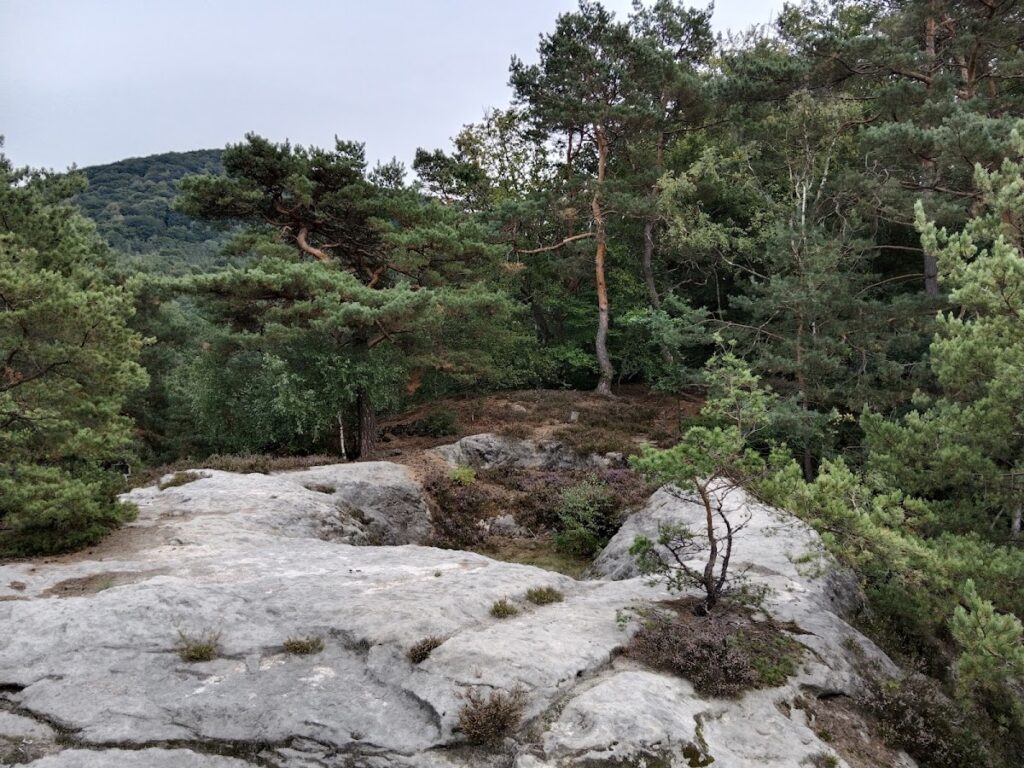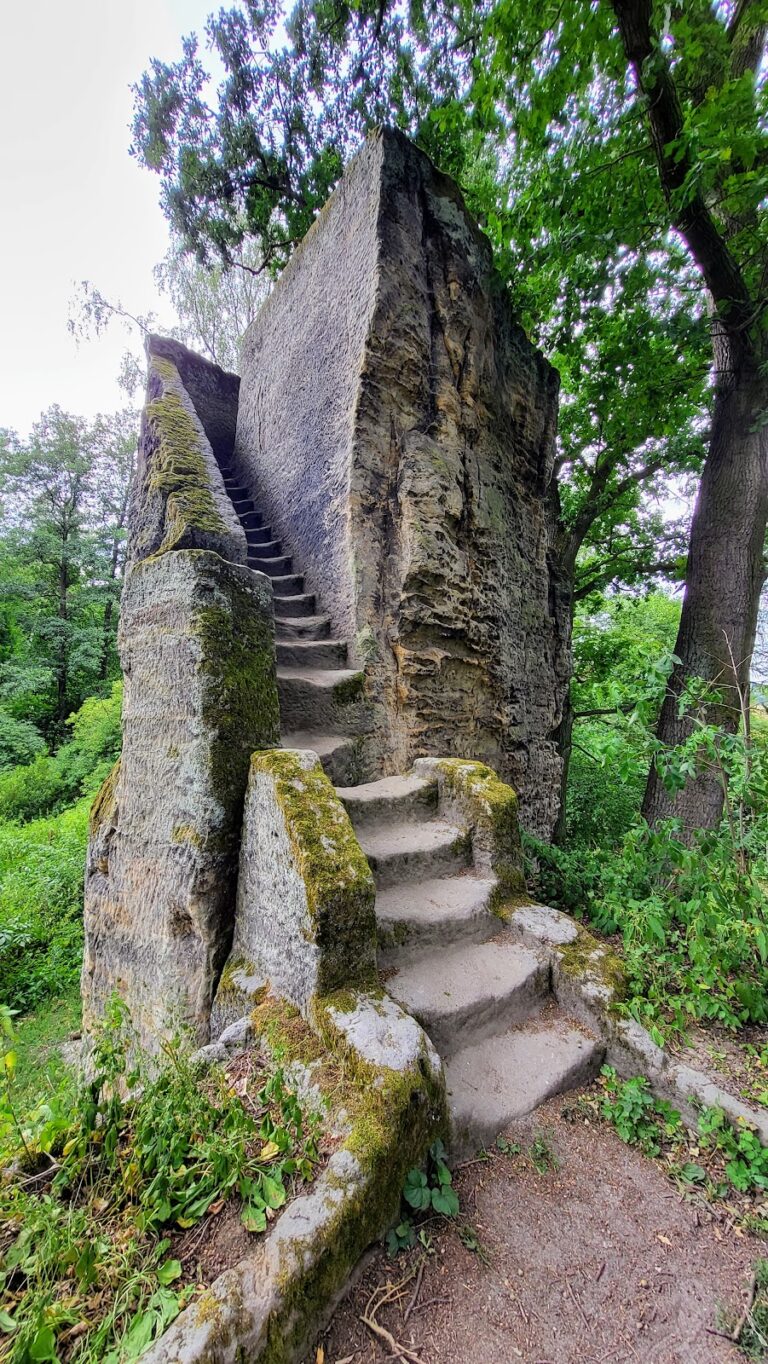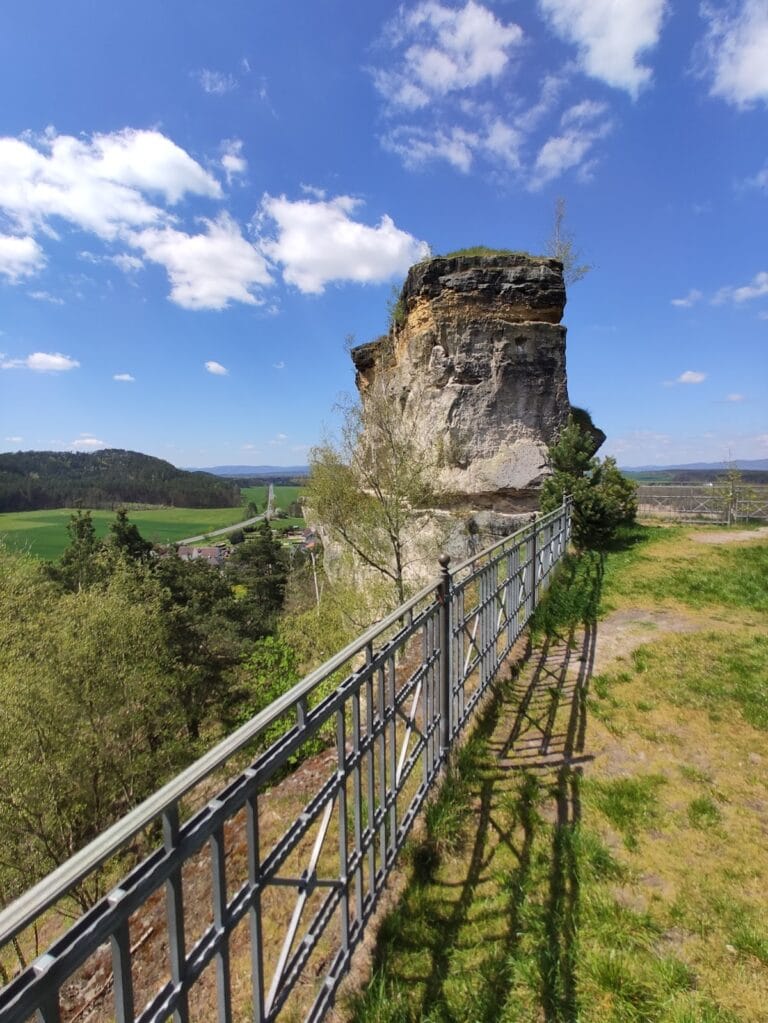Hvězda Castle: A Medieval Fortification in the Czech Republic
Visitor Information
Google Rating: 4.8
Popularity: Very Low
Google Maps: View on Google Maps
Country: Czechia
Civilization: Unclassified
Remains: Military
History
The castle known as Hvězda is located near the village of Hvězda within the municipality of Blíževedly in the modern Czech Republic. This fortification was constructed and inhabited by medieval settlers during the early part of the 13th century.
Its establishment likely falls within the first half of that century, with archaeological and historical evidence suggesting that it remained occupied until the 1320s. Due to its geographic position and the period when it was founded, scholars often link this castle to the Ronov noble family, notably associating it with their other stronghold, Frýdlant, which was first documented in 1257. Although the castle was abandoned in the early 14th century, local toponyms such as “Hrad,” meaning castle, and “Loupežný zámek,” or “robber’s castle,” came into use much later, well after the site ceased to function as a residence or fortress.
No records point to significant military events, administrative roles, or religious connections tied specifically to Hvězda. Instead, its relatively short period of habitation and subsequent desertion imply it served more modest local defensive or residential purposes before falling into ruin.
Remains
Hvězda castle sits atop a sandstone outcrop that is naturally divided into two sections, shaping the overall footprint of the site. The central focus of the castle was likely a residential tower with a distinctive hexagonal base, a form uncommon in medieval architecture. The tower was constructed of stone, as shown by deep anchoring grooves, carved into the sandstone, measuring between 40 and 80 centimeters wide and extending as deep as 60 centimeters. These grooves held structural supports for the stone walls.
On the southwestern side of the rock formation, the remains of at least one stone-built ground floor of a one-story building are visible. This is indicated by a carved foundation groove approximately 1.5 meters wide, directly hewn from the sandstone, which once supported the adjoining structure. The northeast area preserves traces of fortifications that would have served to protect the castle. These defensive extensions highlight the site’s purpose to serve both as a residence and a guarded position.
Today, the physical remains mainly consist of these carved features and foundational traces hewn from the natural rock. The survival of these elements provides direct insight into the castle’s construction methods, including the integration of sandstone bedrock into its structural design. Some place names linked to the site reflect its later association with bandit myths, but the physical ruins remain the most concrete testament to its medieval origin and use.







